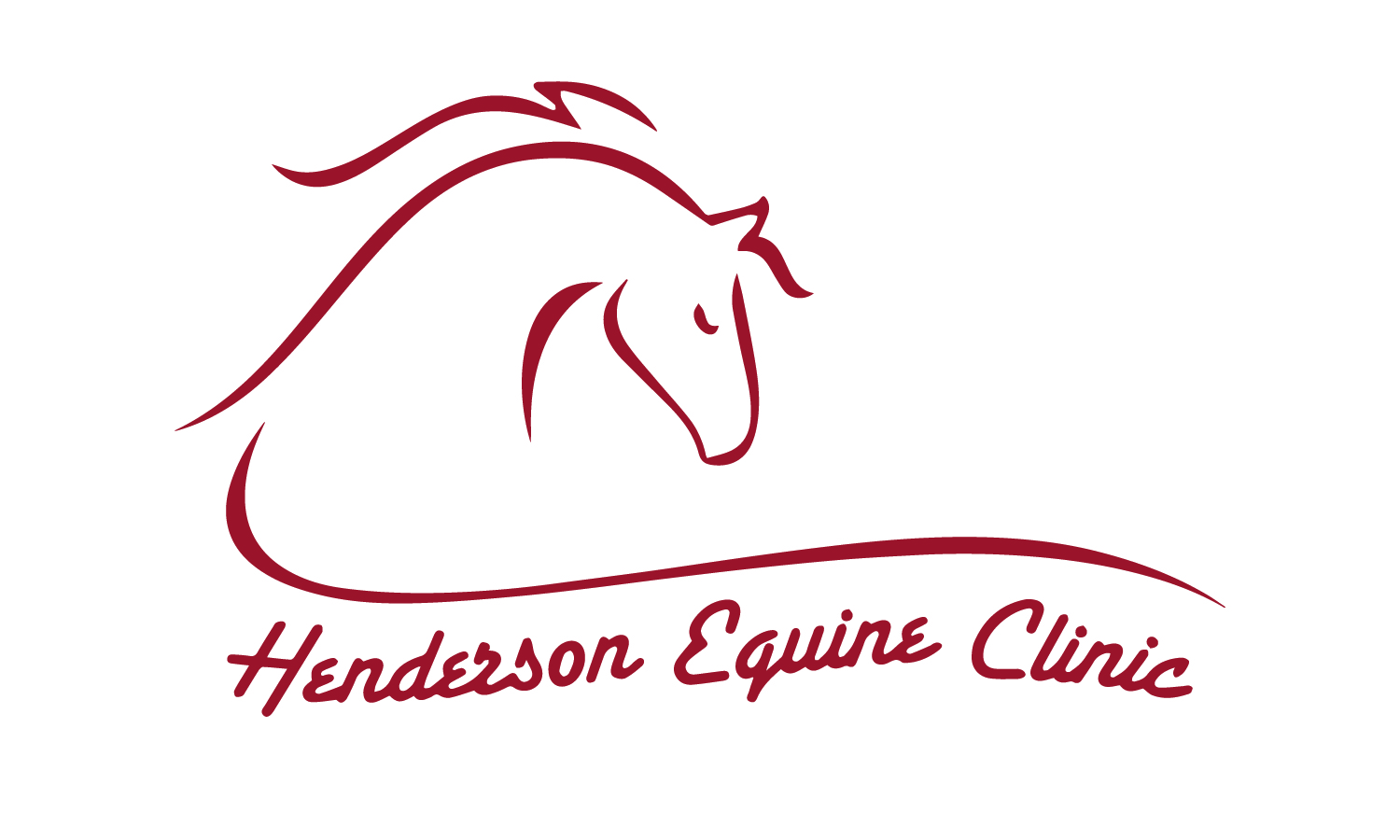Equestic Saddle Clip
The Equestic Saddle Clip is a motion sensor attached to the saddle or tack to record the horse’s movements during work: in hand, lounging or ridden. It objectively monitors the gait pattern - its symmetry of rhythm as well as the landing and push-off for each limb. The looseness and straightness of the gait is also monitored. Small, 1% changes in these parameters can be detected and the app warns of significant changes, irregular rhythm, or an asymmetry, all signs that can indicate early stages of strain or lameness.
For Example:
Synovitis in a joint typically creates very irregular rhythm and symmetry patterns
Suspensory ligament injuries typically create bigger deviations in the symmetry on landing
Deep digital flexor tendon injuries typically create bigger deviations in the symmetry on landing and on push off
The Equestic Saddle Clip can be utilized in many scenarios, including in training, prehabilitation, and rehabilitation.
To determine if it is safe to increase the level of training: An improvement in the Rhythm, Impulsion and Symmetry of your horse indicates the training is progressing well and work load, duration, or intensity may be increased .
To track progress of the rehabilitation program: An increase in symmetry indicates progress (the targeted structures are gaining strength). You can gradually implement increases in exercise duration, workload (force), and/or speed, to continue to improve strength and stamina of injured structures.
NOTE: Increases in workload, duration, or speed should not be made unless the symmetry, rhythm and impulsion are also consistent and improving.
To identify red flags at early stages, during both training and rehabilitation: A decrease in symmetry reveals compensatory gait patterns (gait changes due to pain), which indicate excessive strain on target structures. If noted, a decrease in workload is warranted, and complementary modalities should be pursued to address the asymmetry before returning to that training level.
To monitor the training program itself to ensure consistency and balance: The clip tracks the duration of work at each gait, allowing a clear record of the actual time a horse performed each gait and traveled in each direction. This helps the rider/handler ensure that they are following the rehabilitation plan appropriately and/or training their horse in a balanced way to avoid causing weaknesses or asymmetries. At times a prehabilitation or rehabilitation protocol will require an unbalanced percent of work duration traveling in one direction. For example, a rider may be directed to perform 75% of the work going counterclockwise or 3 clockwise circles followed by straight line work and then 3 counterclockwise circles. The clip will track the speed and duration of each direction, allowing adjustments to be made if for example a horse always traveles in a smaller radius circle going one direction.
Assess tack/rider’s influence on the soundness of the horse: Using the clip with different saddles, riders, or even bareback riding, can help show any changes in soundness of the horse in different scenarios. It might reveal that the saddle isn’t fitting properly, or that the rider is unbalanced enough to cause issues in the horses gait.






